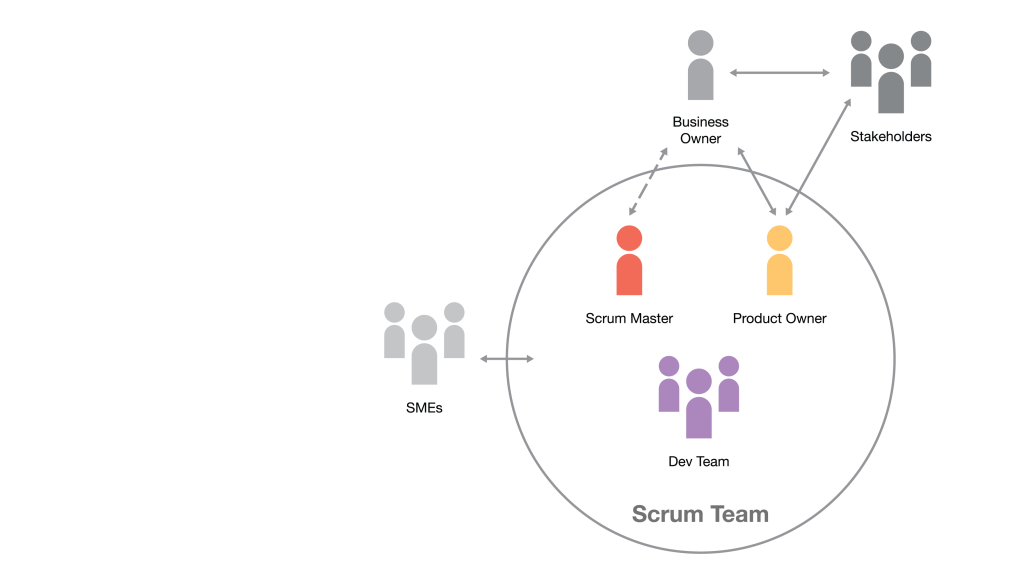Transforming IT at Steelcase: An Agile Case Study
Building the Practice
“Intentionally, we decided to use the development of this new space as a vehicle to help accelerate the adoption of a new agile culture and process.”
Kim CookAgile Coach, Engineering Systems & Services
Steelcase identified agile coaches to advance the practice throughout the organization. Coaches developed an agile curriculum that layered the Agile Manifesto with IT’s guiding principles. IT teams trained and then immediately started to practice what they’d learned. Coaches also extended these courses outside of IT to groups like finance, operations, branding, consulting and research to broaden the practice throughout the company. And, they developed a community of practice around the topic of agile to develop and share their learnings.
The curriculum for agile teams involved practicing how to successfully adopt and implement Scrum. Scrum is a common framework used to help teams achieve the values and principles defined by the Agile Manifesto. Dr. Jeff Sutherland, the co-creator of Scrum, identified key Scrum ceremonies, artifacts and roles for the process.
Ceremonies

Artifacts
Product Backlog
An ordered list of everything that is known to be needed in the product or any required changes.
Sprint Backlog
The set of Product Backlog items selected for the Sprint and a delivery plan.
Increment
An increment is a body of “done” work that supports the end of the Sprint.

The Scrum Master, Product Owner and Development Team need to be in close contact, frequently together, and able to solve problems as they come up.
Roles
Product Owner
Responsible for maximizing the value of the product resulting from the work of the Development Team.
Development Team
Consists of people who do the work of delivering a potentially releasable increment of “done” product at the end of each Sprint. Development Teams are structured and empowered to organize and manage their own work.
Scrum Master
Acts as a servant-leader for the Scrum Team. The Scrum Master helps those outside the Scrum Team understand which of their interactions with the Scrum Team are helpful and which aren’t.
The Product Owner, Development Team and Scrum Master need to work closely together. Business Owners, Subject Matter Experts (SME) and other Stakeholders are people who need to connect with the team less frequently – but still need to be considered. There needs to be a place for these people to connect with the team without disrupting the team’s flow of work.
These are some of the key components being leveraged by agile teams at Steelcase. The goal is to continue to increase the team’s overall velocity — a term used to describe the amount of work successfully completed during each Sprint.
NEXT CHAPTER – Research + Engagement
PREVIOUS CHAPTER – Foundation for Success


